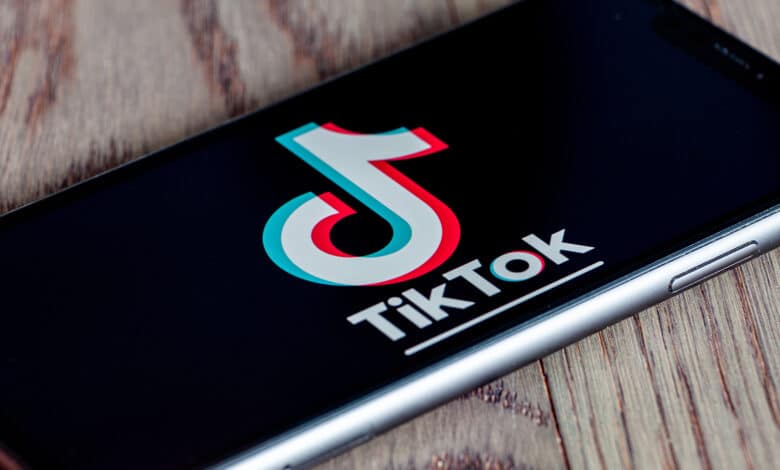
TikTok introduces a new feature that limits minors’ screen time to one hour per day. Use of the function is voluntary. However, information about the actual screen time will be issued in any case.
One hour per day
With a new feature, TikTok wants to ensure that young people are more reflective in their use of the social medium. By default, the usage time for minors is limited to one hour per day. Once this time is reached, a notification appears on the screen. However, young people have the option of then entering a predefined code and continuing to watch short videos as a result. There is also the option to adjust the time limit upwards in the app’s settings. The message will then only appear later.
TikTok states that there is no consensus on screen time that is not harmful to the health and development of minors. Nevertheless, it says the one-hour limit was not arbitrary, but was chosen based on recent research at the Digital Wellness Lab at Boston Children’s Hospital. TikTok further states that studies suggest that a more conscious approach to time can lead to more thoughtfully chosen decisions. This is exactly the kind of time awareness TikTok hopes to create with its new feature. A weekly summary of screen time also serves this goal.
Collaboration with parents
In addition, TikTok has introduced new parental monitoring features. As a result, guardians of minors not only get more information about their children’s screen time, but also more ways to regulate it. Thus, if the minors’ profile is kept in the so-called accompanied mode, the guardians have the option to refuse to give the unlock code to their children. This means that it is not possible for them to remove the preset time restriction.
Parents will now also receive a detailed overview of their children’s usage behavior. They will not only be shown the total weekly usage time, but also a daily breakdown. In addition, they can now find out how often and at what times the app was opened.
They also get the option to turn off push notifications on their children’s phones. This is to prevent the app from demanding attention away from active usage times. By default, push notifications are disabled from 9 p.m. for 13- to 15-year-olds and from 10 p.m. for 16- and 17-year-olds.
Screen time regulation for everyone
TikTok has also announced plans to introduce screen time regulation options for all users soon. The screen time is to be able to be set in advance for individual days and other time periods. Furthermore, the app wants to send a sleep time reminder soon. Statements on usage time are also to be made available to all adults soon.
Overall, TikTok is thus working on getting rid of its bad reputation. The app is considered to be particularly attention-grabbing. There are indications that TikTok use can shorten the attention span of children and young people and have an overall negative impact on their cognitive development. Well-being can also decrease significantly with excessive use. Relevant empirical studies explicitly dealing with TikTok are hardly available. Against the backdrop of similar studies on other social networks and taking into account the fact that the TikTok algorithm employs the typical social media mechanisms in a potentiated form, however, it is very plausible that the results can not only be transferred to TikTok, but even apply here to a particular extent.




No replies yet
Neue Antworten laden...
Gehört zum Inventar
Beteilige dich an der Diskussion in der Basic Tutorials Community →